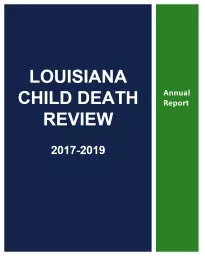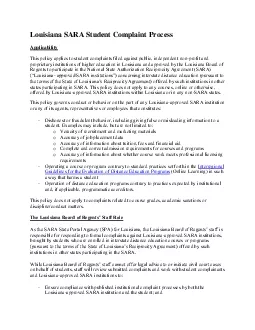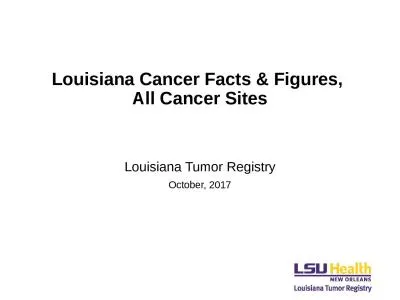PPT- Louisiana Child Death
Author : fanny | Published Date : 2022-06-14
Review 20172019 Annual Report Submitted To John Bel Edwards Governor State of Louisiana Health and Welfare Committee Louisiana Senate Health and Welfare
Presentation Embed Code
Download Presentation
Download Presentation The PPT/PDF document " Louisiana Child Death" is the property of its rightful owner. Permission is granted to download and print the materials on this website for personal, non-commercial use only, and to display it on your personal computer provided you do not modify the materials and that you retain all copyright notices contained in the materials. By downloading content from our website, you accept the terms of this agreement.
Louisiana Child Death: Transcript
Download Rules Of Document
" Louisiana Child Death"The content belongs to its owner. You may download and print it for personal use, without modification, and keep all copyright notices. By downloading, you agree to these terms.
Related Documents














